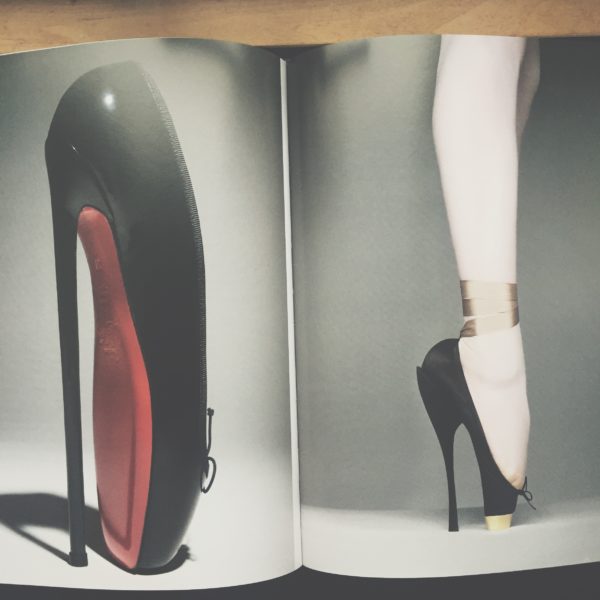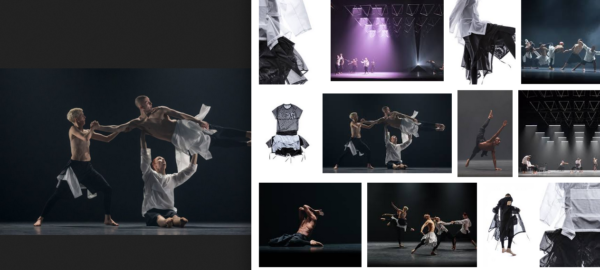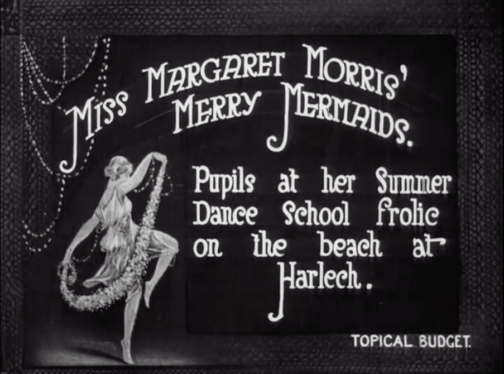
As the 1920s and 1930s ushered in a new obsession with health, and the healthy body, women across the UK, the US, and beyond, began developing new techniques, regimes, and moves designed to create the elongated limbs and taut torso which was desired at the time. One of the most well-known groups to come out of this was the Women’s League of Health and Beauty, a group who encouraged movement as a way to achieve peace. The league held women-only classes, had uniforms and rules, and focused on synchronised, repetitive movement. This allowed the League to develop into something much more than just a weekly exercise class: it became central to friendships, romances, health, and for many women, life.
Another key player at the time was Margaret Morris Movement (MMM). Morris was born in London in 1891 and from a young age starred in plays and ballets. Through Raymond Duncan (Isadora Duncan’s brother), Morris learnt Classical Greek Dance, which through its focus on lyrical dance, she felt offered more freedom and movement than traditional ballet. In the early 1910s, Morris set up a hugely successful dance school, and her style of unbound movement was growing in popularity. By the mid 1920s, the school was opening branches in French, Scottish, and English cities.
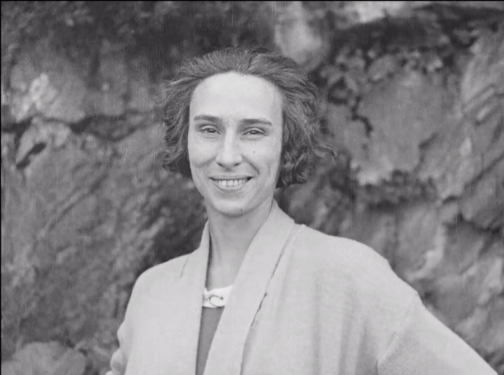
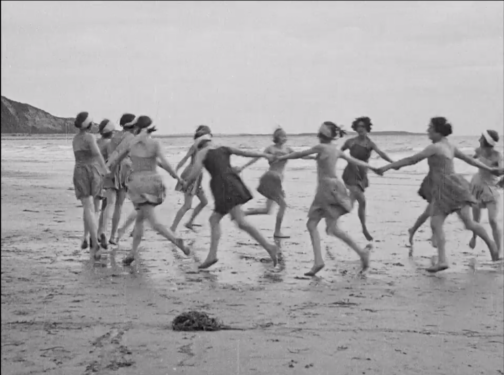
A 1923 newsreel courtesy of the British Film Institute shows a group of MMM students performing their dance moves on Harlech beach, in North Wales. Appearing under the title ‘Miss Margaret Morris’ Merry Mermaids’ the women and girls dance along the waters’ edge with fervent energy. The dancers simultaneously appear to be free, flowing, and natural in their movements whilst also clearly performing a choreographed and synchronised set of movements. The women then form a circle through their joint hands and run around in this formation on the damp sand. This frame feels familiar in the way that it is reminiscent of Henri Matisse’s 1910 painting, ‘The Dance’. Matisse’s painting depicts five figures holding hands and dancing in a circle on the grass, with a blue sky behind them.

I highly recommend watching the full clip on the BFI, it’s under three minutes long! BFI link: https://player.bfi.org.uk/free/film/watch-miss-margaret-morris-merry-mermaids-1923-online
By Rosie Dyer
Bibliography:
https://player.bfi.org.uk/free/film/watch-miss-margaret-morris-merry-mermaids-1923-online
https://www.margaretmorrismovement.com/about/margaret-morris
https://www.irenebrination.com/irenebrination_notes_on_a/2015/04/margaret-morris.html
https://sheroesofhistory.wordpress.com/2017/06/08/margaret-morris-pioneer-of-movement/

